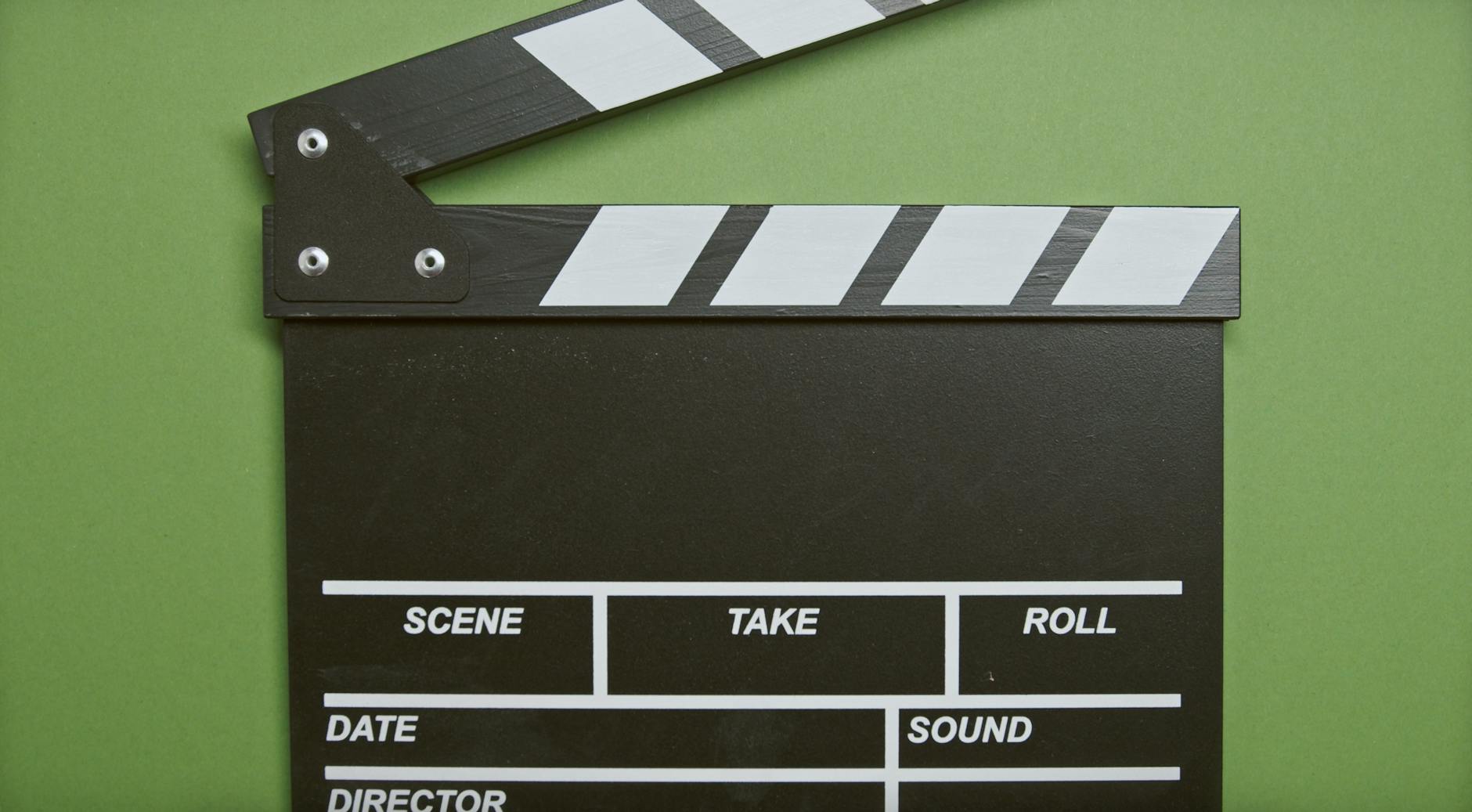Well it seems like everyone is doing it so I thought I would start too. It won’t be complicated to do a weekly show. I figure I’ll just put into audio whatever I’m posting on, so it will be geek tips and tricks and whatever people ask me about.
But before you do, there are so many things that you need to get started. The first is of course the equipment as recommended by The Podcast Host, Podcast Insights, Discover Pods, Omnicore Agency, The Verge , MakeUseOf and The Podcast Host.
Picking a Microphone
TL;dr. If you are just trying something and going solo, then a simple USB microphone like the Rode Podcaster or Blue Yeti (if you are on budget) makes sense. But, if you think you might do interviews, then an NT2A is ready for interviews and you want a mixer too so you can mix in a Skype call too.
The main choice is whether to use a simple USB like system and attach it directly into your computer as recommended in Engadget
Or you can be more serious and use an XLR microphone that has higher quality. This requires a recorder with 48V phantom power. These can be very lightweight and Tascam makes a nice recorder that converts into MP3 and also provide a way to monitor it. Most folks think that an XLR has higher quality.
There are two kinds of techonology, a dynamic and a condenser microphone. Dynamic are generally better for multiple people while condenser works well for 1-2 people.
Note though that condenser microphones will pick up more noise and are more fragile, so not good for rock concerts. And they require external power as well. These are great if you have a dedicated recording room.
Net, net, if you go condensor, you have to get a mixer or an interface, but if you do, then you can use more than one input. So that’s the big break point. How serious are you going to be. Seems like one way to do this is to think about whether you are mainly doing interviews or expect to only do solo recording. If you are doing solo, then a USB directliy into a computer makes a lot of sense. Whereas, if you go condensor, then you should get a mixer and then you are ready for the future.
Then the other choice is where to use a pattern for recording. Use a cardiod pattern for one person. Or get a figure-8 so that it can record two people in an interview.
When it comes time to what to get, there are a few choices which you can divide into entry level, intermediate and expert level:
Entry Level
If you are serious, I’m not sure how this will work.
- Samson Q1U or Q2U. Liked by a British site. Just $80.
- Apple AirPod Pros. These are actually pretty good speaking and the effective cost is zero if you use them for everything else.
Intermediate Level
These are good enough for people with less than 1M listeners, so pretty amazing level.
- Blue Yeti. This is now owned by Logitech and is the best selling. It is a USB microphone so easy to use. If you get the Blue Yeti Pro, you get both USB and XLR outputs which is pretty nice. Quality-wise, it isn’t a match for MXL990 or the Podcaster but is a workhorse with three patterns. $130 at Amazon. It’s big but works well.
- MXL990. A good microphone and inexpensive. It is a condensor and needs an XLR so you need an XLR box like Focusrite. It is only $70 so a good value.
- Shure SM58. This is one of the most famous dynamic vocal microphones and these are classics from the British site and Discover Podcast too. It also needs a XLR to USB convertor. $99 at Amazon.
- Audio Technica ATR-2100 USB. Another frequently recommended USB microphone. This is a USB microphone for $99 at Amazon.
- Rode Procaster or Podcaster. The Procaster is a dynamic microphone that is $227 and has a great reputation as well. It is XLR so needs a mixer. The Podcaster is very similar but it is a USB microphone that is a good intermediate microphone. $229 at Amazon.
Professional level:
- Heil PR40. This one is super popular and has the brand name, although some think the Rode Procaster or Podcaster are a better value. it is a dynamic microphone like those two.
- Shure SM7B. This picks up a lot of background noise and you need good technique, so best left for real professionals. It is the legendary standard for real professionals.
The Rode comes up quite a bit and they have a bunch of different versions and they get great recommendations and have a 10-year warranty:
- Rode NT USB. A good entry level system like the Blue Yeti.
- Rode NT1. This is a very flat response microphone that has isolation inside the capsule itself. It has a single cardoid so good for one person. Great for male voices. $270 from Amazon with pop suppressor but no stand.
- Rode NT1A. This has a better treble response so better for female voices.
- Rode NT2A. This has three microphone patterns and is great for interviews. If you can afford it, this is a better one than the NT2A. It is $400 from Adorama and Amazon so more expensive but includes a pop filter
The other pieces that you need (and which you can get in a kit) are:
- Pop filter. So that the P’s don’t sound horrible included in kits above.
- Isolation mount. So that it doesn’t pick up the desk and table included in kits above.
- Microphone stand. So that you can easily position it between two people. Like the Rode PSA1 Boom Stand for $99 and then the Heil PL-2T is another choice also at $100 at Amazon.
XLR Interface or Recorder
I actually hae a 10-year-old digital recorder called the TAscam DR-1 which is a nifty device with condensor microphones on top and then line level inputs and output to an SD card. But it doesn’t have XLR power so you need something that has an XLR input. There are two kinds of things, a simple one input interface and a mixer that handles both XLR inputs and line level inputs:
Computer interface or recorder. With an interface, it takes an XLR microphone and converts it into something that a computer handles. Or you can use a SD recorder and edit it later. For instance the $170 for the Focusrite Scarlett 2i4 at Amazon is a simple interface
Mixing station. Like the Rode Rodecaster Pro, this let’s you plug in more than one microphone or the Mackie ProFXv2 which is an 8-channel mixer that you can use for microphones or if you are doing phone interviews. At $170, you can see that while more complicated, if you need XLR, you mght as well get a mixer. The costs are the same. And if you have a mixing station, then you can do a Mix Minus recording from Skype or other computer connection.
Digital Recorder. The Zoom H5. is well liked and it has two microphones on it and then an XLR input and then SD card. It also has USB inputs and outputs as well.
Computer Recorder and Mixer. You can also skip the Zoom H5 and use the USB input and then directly use Garage Band or Audacity to do the mixing. Then you just need the computer interface input.
The best choice is the Adorama bundle that includes an NT1 with pop filter and a Focusright Scarleet interface and an XLR cable. All for $314. Plus a $99 microphone arm stand.





